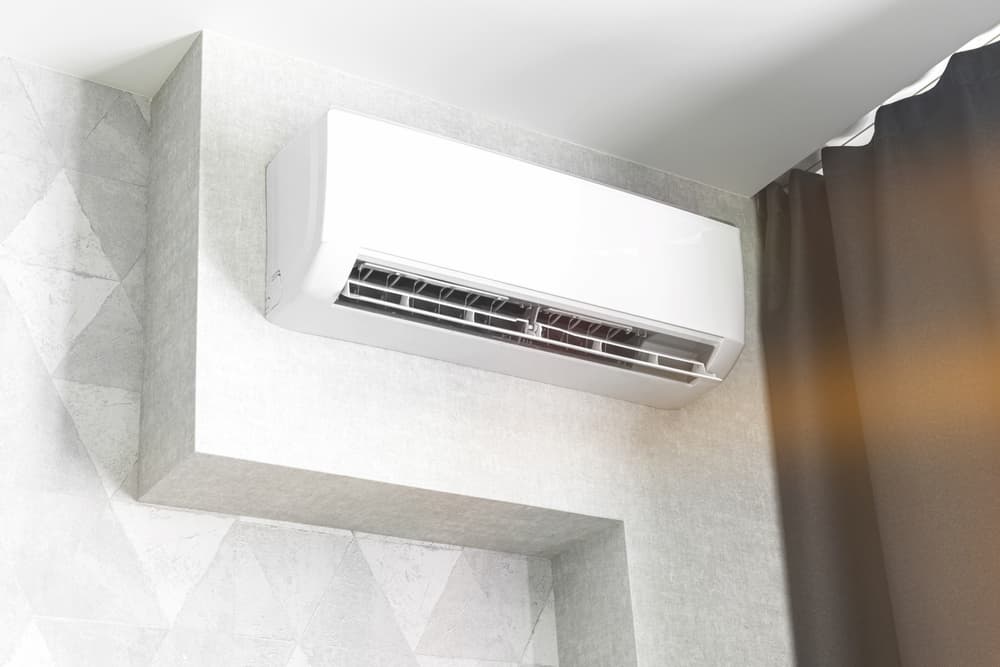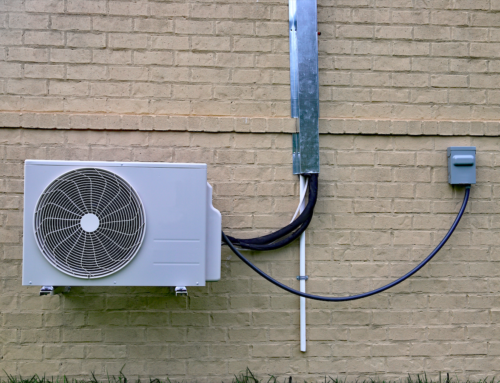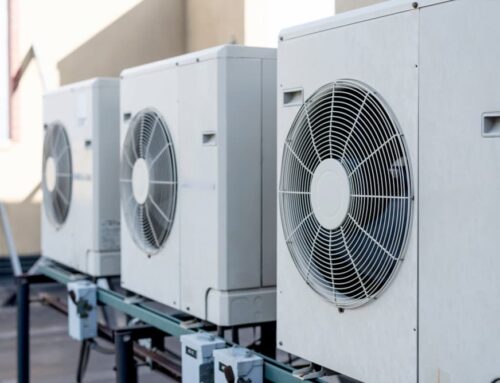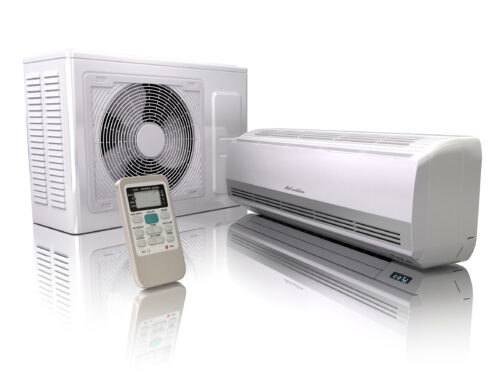There’s nothing more important than the air we breathe. While we rightfully focus on the outdoor contaminants and pollution that can lower the quality of the outdoor air, sometimes it feels as if we forget that the air we breathe inside our homes needs to be clean, too.
When we deprioritize indoor air quality, the effects can be immediate . Even a single exposure to a pollutant can irritate your eyes, nose, and throat. You may even feel increased fatigue or lightheadedness. While these immediate bodily responses are usually quelled by removing yourself from the space, the effects can become dramatic with prolonged or repeated interactions.
For those already suffering from respiratory issues, indoor air pollution may trigger an asthma attack. Depending on the severity of the underlying ailment or the level of exposure, low-quality indoor air could lead to an emergency room visit. Even if you’re a healthy person, repeatedly breathing dirty air could cause long-term issues, including certain forms of cancer and respiratory or heart disease.
If you’re looking to ensure a high level of indoor air quality, the first thing to check is your home’s heating and cooling system. These systems are responsible for blowing warm or cool air throughout your home and, depending on the system, could serve as the source of your home’s low air quality. Even if it’s not the source, some systems may be responsible for spreading the pollutants, causing the air quality to decrease further.
So, what type of heating and cooling system is best to keep your home’s indoor air quality high and your family breathing safely? Our guide will walk you through two possible options: the standard HVAC system and the popular mini-split or ductless AC system.
ARE DUCTED HVAC SYSTEMS THE ANSWER TO CLEAN INDOOR AIR?
The major issue with ducted HVAC systems is right there in the name. Ducts, despite their ubiquity, are expensive to install, difficult to maintain, and are not designed to reduce indoor air pollution as well as other systems.
Ducted HVAC systems are essentially two systems. One part of it conditions the air, warming it or cooling it depending on the home’s specific need. The other part of the system is the ductwork. As the air is conditioned, it is then pushed through the ductwork until it exits through a vent and enters a room.
However, if there are pollutants or other contaminants present in the duct, then they are swept along with the conditioned air and are carried into your home’s living room, bedroom, and wherever else there is a vent. As ducts break down over time, the possibility of leaks, and thus the possibility of contaminants entering the duct system, increase. If the duct was never installed properly, there’s a chance your ducted HVAC system has been pushing dirty air throughout your home since it was turned on.
All ducted HVAC systems need to be regularly maintained and cleaned. Unfortunately, the responsibility for that cleaning often falls to the homeowner, who is busy with work, their family, and any hobbies or extracurricular activities. Because the ducts are often installed behind walls or otherwise out of sight, it is easy to forget about the seasonal cleaning until the spread of allergens, contaminants, and pollutants have already reached hazardous levels.
ARE DUCTLESS SYSTEMS A BETTER CHOICE FOR CLEAN AIR?
Ductless mini-split AC systems often referred to as mini-splits, have the benefit of not needing ductwork to function well. Without ducts, there’s no concern about contaminant accumulation, leaky installations, or your system accidentally spreading what you’re trying to filter out.
Ductless mini-split HVAC systems operate by blowing air directly into the room. Since the air isn’t traveling through a duct to get there, there’s no chance of it bringing any uninvited allergens or pollutants. Also, if you ever discover an issue with the part of the system blowing air into your room, you only need to clean or repair that specific unit, and not the entire system.
The lack of ductwork also allows the ductless mini-split air conditioning system a bit of flexibility when installing. You can choose to put the air handlers anywhere in your home. If you prefer the blowing air to come from the ceiling, you can do so. If you prefer it in an easily accessible spot so you can clean it regularly, as well as be reminded that you need to clean it, you can do that as well.
Finally, ductless systems are far more energy-efficient when compared to their ducted counterparts. They don’t need large amounts of power to keep your home at its ideal temperature. They often have high SEER or HSPF ratings, two industry-standard ways of communicating an appliance’s energy efficiency. The less power used, the less outdoor air pollution is potentially created, which, in turn, means there’s a lower chance of contamination by the air outside your home.
ABOUT MINI-SPLIT SYSTEMS
Mini-split systems are an effective, efficient way to heat and cool your home. They work through the coordination of two units. When the system is set to cool, the indoor unit absorbs the heat of the air and passes it to the outdoor unit through a series of coils that are filled with refrigerant or coolant. As the heat hits the outdoor unit, it’s released to the outdoors.
In colder months, the system works in reverse. The outdoor unit absorbs the heat from the outside air (even during temperatures below freezing!), then moves it inside until it begins to warm the air being pushed directly into the room.
With a well-maintained and regularly cleaned air filter, the indoor air handler can remove dangerous particles before they enter your home. Many ductless systems often come with a self-cleaning option to ensure the indoor air quality remains high.
Some systems also come with smart home compatibility, letting you set a specific interior temperature anywhere your phone has a connection. Often the controlling smartphone app can provide additional insight into the system, such as how much power is being used or whether a filter needs replacing. These details can work as a reminder of the importance of regular maintenance and alert you to an issue before it becomes too costly.
A ductless system works in any home environment, but they are especially well-suited for several situations:
- Homes in places of moderate climate, like the Pacific Northwest
- Multi-unit residences
- Newly built rooms
- Recently renovated rooms
- Rooms that need or prefer quiet heating and cooling systems
- Small spaces that need both heating and cooling
- Spaces too small to install ductwork
- Those who prefer energy-efficient appliances
Ask The Heat Pump Store
The technicians and staff at The Heat Pump Store are the ductless systems experts. We’ve serviced the Pacific Northwest since 2007, helping homeowners and businesses experience the major benefits of heating and cooling with ductless heat pumps.
We offer a variety of services:
- Full installation
- Assistance with DIY installations
- Air cleaning technology
- Maintenance servicing
- Repairs
If you’d like to hear how the best ductless mini-split systems can improve your home’s indoor air quality and your family’s quality of life, contact us today. Reach us by phone at (877) 509-2961 or through our website, and check out our site for special rebates on your next installation.
Image Source: FellowNeko/Shutterstock









